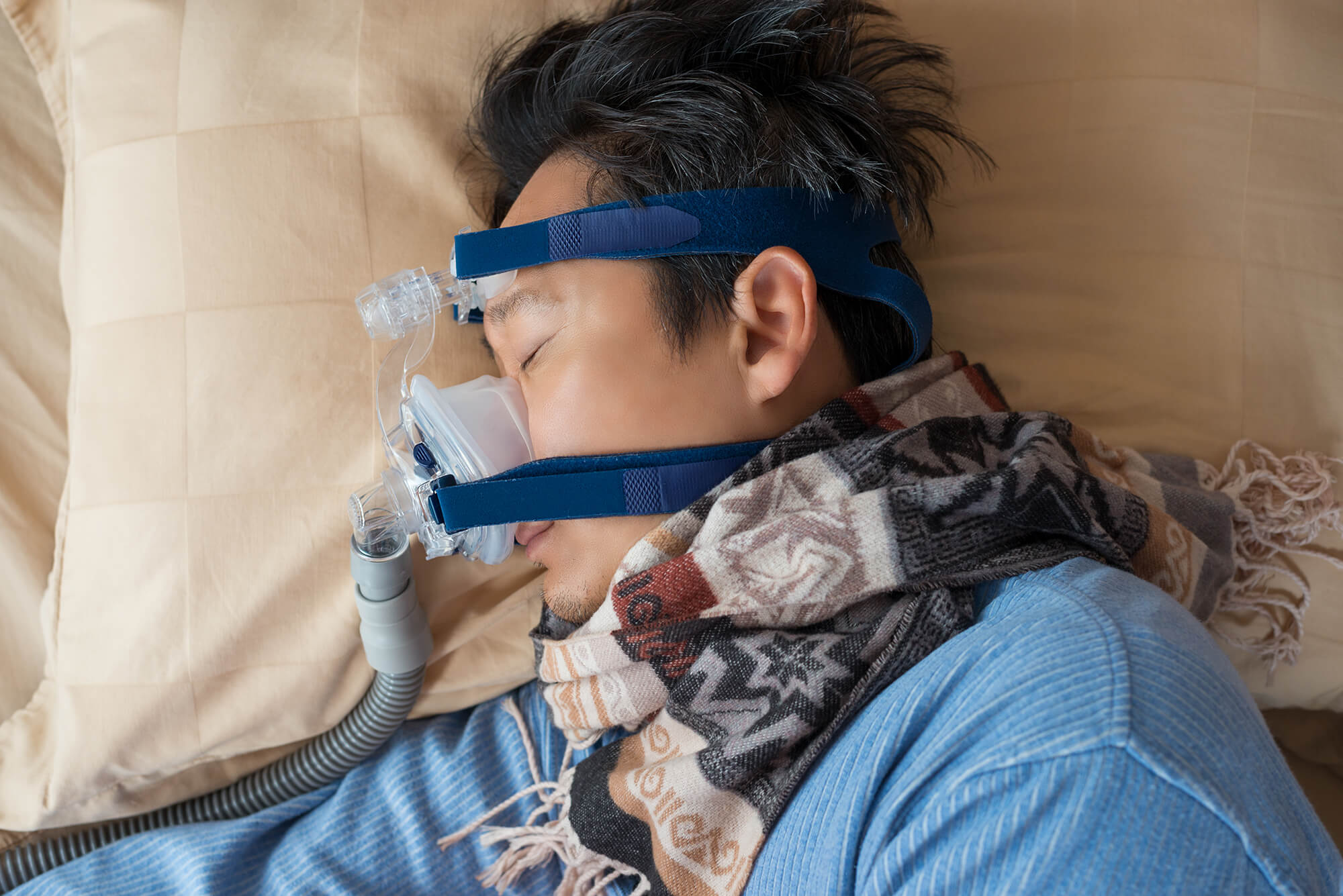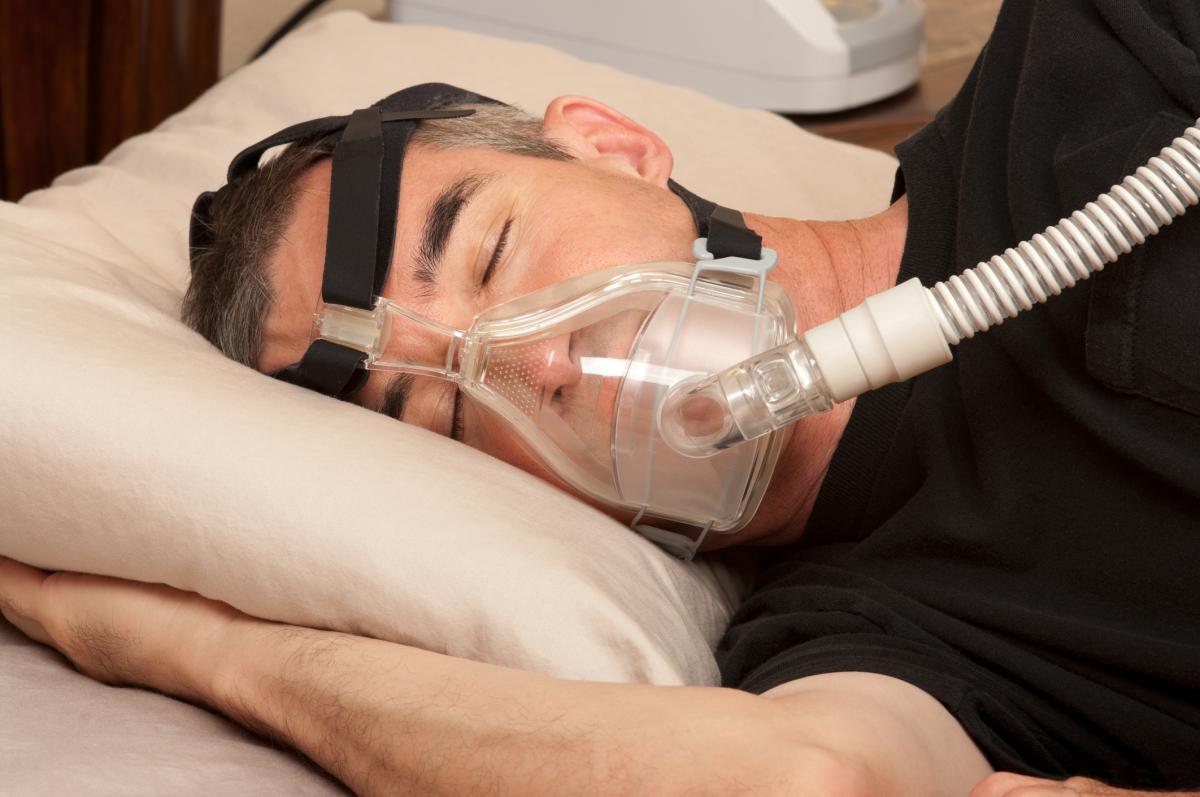Are your CPAP masks working fine?
Numerous studies have shown that continuous positive airway pressure (CPAP) is the most effective treatment for obstructive sleep apnea, a respiratory disorder that affects millions of people (CPAP). It is highly effective when used appropriately and the CPAP mask is kept in top working condition.
There are methods for figuring out if your CPAP masks are broken and hence less effective. It could need to be fully revised or modified.
In this post, some of the reasons why cpap masks no longer provide you with the best results are covered. Even better, it offers guidance that, in many cases, may assist in resolving the problem.
Can’t even get the CPAP machine to turn on.
If the CPAP mask just won’t turn on, it is clearly not operating properly. The majority of CPAP masks include buttons that may be used to turn them on after being connected. If you put certain masks to a specific configuration, they may even start working automatically once you inhale a few times via the associated mask.

No airflow
If the CPAP mask won’t turn on or if there is no airflow at all, take it to your equipment supplier. They can determine if the device needs to be serviced or updated. This is often the situation when something gets dropped and stops working.
There may be more signs that anything is amiss with your CPAP masks. This is because other systems, such the heating and water systems, might malfunction in addition to the power supply.
Here are a few ideas to consider.
You should re-fill the tank
You should refill the tank of your heated humidifier every two to three days. If not, you may need to adjust the temperature and humidity settings. If the water doesn’t drain, the humidifier could not be working at all.
The hot plate in the water chamber may not be warming up.
Some water is still evaporating as the air passes over it, but considerably more slowly. This might be a sign that the heating element is broken.
In certain machines with heated tubing, water may condense
In certain machines with heated tubing, water may condense, which is another indication that the unit isn’t working correctly. This often means that the device is malfunctioning, the humidity setting is set too high, the tubing is hooked incorrectly, or some other issue. The machine may also be louder and seem to have less airflow than before.

You snore or have an apnea condition
Snoring should never occur when the CPAP mask pressure is set properly. This is because the constant flow of air will keep the airway open and stop it from closing. Additionally, it prevents the airway tissue vibrations that cause snoring.
You can have breathing pauses or times when you wake up gasping and choking even while wearing your CPAP masks. If these events are confirmed, it is likely that the pressure setting has to be changed.
The apnea-hypopnea index counts the number of breathing pauses that occur throughout each hour of sleep (AHI). You could come across an AHI display sometimes on your computer or in monitoring applications. If it is more than 5 when you awaken, you should increase the pressure.
If you have any of these problems, you should see your sleep specialist.
Worse Sentiment
After a few days or weeks of commencing their program, some CPAP masks users start to see benefits. The effectiveness of CPAP mask treatment may be shown in fewer awakenings, more restorative sleep, reduced daily fatigue, greater focus, and enhanced mood or short-term memory.
Long-term improvement
It is possible to see long-term improvements in conditions connected to untreated sleep apnea. Examples include diabetes, heart disease, and high blood pressure.
CPAP mask usage is often brought on by sleep apnea symptoms. The equipment may not be delivering the best results if the same problems recur. Regarding this subject, you should speak with your doctor.
Excessive sleepiness
When there is a problem, people who use CPAP masks often remark that their excessive daytime sleepiness has returned. Again, they need extended or frequent naps. Possible causes include a mask leak or inadequate treatment pressure, for instance.
Other changes to your lifestyle or health may cause your symptoms to reappear. That can mean your CPAP mask settings need to be adjusted. Among them include growing older, consuming alcohol just before bed, and gaining weight.
Recap
If you start to suffer the same symptoms you had before to starting to use your CPAP masks, such as snoring returning, your AHI index rising, or you cease feeling rested during the day, then something is wrong with it. It suggests that you should reassess how well the CPAP masks is meeting your demands.

Your CPAP Mask’s Age
Unfortunately, CPAP machines do not last forever. If your machine begins to make odd sounds, is more challenging to use, or stops producing the same amount of pressure, it could be time to replace it.
These devices have some degree of built-in obsolescence since they are not meant to endure forever. They will ultimately begin to break down, and you will need to replace it.
If your CPAP mask is too old and not working well, it has to be changed. Thankfully, newer gadgets often come with greater functionality. Modern technology is often more user-friendly and quieter than previous technology.
Equipment for Connecting a CPAP Mask
It is probable that you may need to make some connection changes in order to utilize your new mask with your current equipment for optimal CPAP mask compatibility.
Check the functionality of your elbow or adapter.
Both the adapter and the L-shaped elbow used to connect the tubing to the mask are regarded as parts of the mask itself. At the end of the day, it is easy to remove the CPAP mask from the tube since certain CPAP masks include rapid release mechanisms.
When you swap out your equipment, your new CPAP mask won’t be able to connect to the tubing and function correctly if the elbow or adapter from the old CPAP mask is still stuck inside of it.
To have the leverage to take the old elbow out and then wriggle the tubing back and forth to remove the elbow, put the old CPAP mask back on and connect it to the old elbow or adaptor.
Is an Exception Ever Going to Occur?
The ResMed AirMini CPAP is unique since, in the past, it could only be used with the brand’s own CPAP masks. With a specialized humidification technology that works in tandem with its nasal masks, this portable CPAP machine is designed to be very lightweight.
Because of this, users of the ResMed AirMini previously had to choose between the AirFit P10, AirFit N20, AirFit F20, or AirFit F30 masks. This is no longer the case, however.
The Zephair AirMini Universal CPAP Adapter is a gadget that makes it possible to connect the AirMini to any type of CPAP mask universally. If the ResMed mask options aren’t quite what you’re looking for and you’d rather use a different kind of CPAP mask, take a look at our adaptor.
Conclusion
How successful your CPAP masks depends on the health benefits it provides. When it’s working correctly, you’ll feel considerably more rested and your sleep apnea and snoring symptoms will disappear.
However, if the device is broken, your symptoms can return. The CPAP masks’ malfunction might be caused by a variety of factors. The power supply, tubing, or heating element might all be at problem. Or maybe an outdated device just needs to be replaced.
In other cases, modifying your settings may be sufficient to guarantee that you are getting the right amount of pressure in response to changes in your health or way of life. If your apnea symptoms return, speak with a sleep professional to learn the reason and available treatments.






